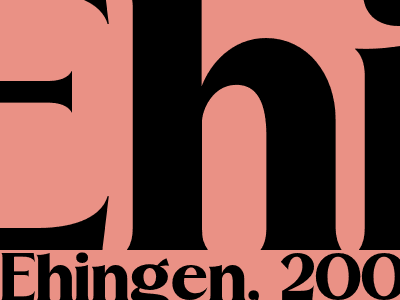
Ehingen: a town in Germany
Where in Germany is Ehingen?
Ehingen is a town in Baden-Württemberg, Germany. It is situated on the Danube River, about 25 kilometers west of Ulm.
Ehingen's history
Ehingen was first mentioned in a document in 1073. It was granted town status in 1255. Ehingen was a free imperial city from 1360 to 1803. In 1803, it was mediatized to the Kingdom of Bavaria. In 1810, it became part of the Kingdom of Württemberg.
Ehingen today
Ehingen is a modern town with a population of about 25,000. It is a center for industry, trade and tourism. Ehingen is home to several notable landmarks, including the Ehingen Castle, the Ehingen Town Hall, and the Ehingen Church.
What is the 200 euro note?
The 200 euro note is the largest denomination of euro banknotes.
The 200 euro note is violet and measures 153 x 82 mm (6.02 in × 3.23 in). It features a portrait of Europa, a Greek mythological figure, on the front.
The back of the 200 euro note features a bridge and a map of Europe. The bridge is the Puente de Alcántara in Spain. The map of Europe shows the countries that are members of the European Union. The 200 euro note was first issued in 2002.
Counterfeit 200 euro notes
Counterfeit 200 euro notes are relatively common. In 2019, the European Central Bank (ECB) estimated that there were about 500,000 counterfeit 200 euro notes in circulation. The ECB recommends that people be careful when accepting 200 euro notes.
There are a number of ways to spot a counterfeit 200 euro note. Some of the most common signs of a counterfeit note include:
- The note feels different from a genuine note.
- The note has a different color from a genuine note.
- The note has a different size from a genuine note.
- The note has a different design from a genuine note.
- The note has a different watermark from a genuine note.
If you suspect that you have a counterfeit 200 euro note, you should contact the police.